Delhi’s air quality deteriorated sharply on Saturday as pollution levels surged, with several parts of the city recording an Air Quality Index (AQI) above 400 — a level classified as “severe.” The toxic haze pushed the national capital deep into the red zone, making it one of the most polluted cities in India.
According to data from the Central Pollution Control Board (CPCB), Delhi’s 24-hour average AQI, recorded at 4 pm, stood at 361 — up from 322 the previous day — before worsening to 372 by 6 pm.
The CPCB’s Sameer app, which tracks real-time data from 39 monitoring stations across the city, showed at least 15 stations reporting AQI levels at or above 400 by 6 pm. These included Alipur (417), ITO (408), Punjabi Bagh (404), Nehru Nagar (407), Patparganj (403), Ashok Vihar (402), Sonia Vihar (401), Jahangirpuri (409), Rohini (408), Vivek Vihar (415), Narela (412), Wazirpur (424), Bawana (424), Chandni Chowk (400), and Burari Crossing (420).
In the neighbouring NCR region, Noida recorded an AQI of 354, Greater Noida 336, and Ghaziabad 339 — all falling in the “very poor” category, according to CPCB data cited by PTI.
Satellite data showed 100 incidents of stubble burning in Punjab, 18 in Haryana, and 164 in Uttar Pradesh on Friday — contributing to the worsening smog over Delhi.
The Air Quality Early Warning System forecast suggests no immediate relief, predicting that the city’s air will remain in the “very poor” category in the coming days. Since Diwali, Delhi’s air quality has consistently hovered between “poor,” “very poor,” and at times “severe.”
Impact Shorts
More ShortsAs per CPCB standards, an AQI between 0–50 is considered “good,” 51–100 “satisfactory,” 101–200 “moderate,” 201–300 “poor,” 301–400 “very poor,” and 401–500 “severe.”


)
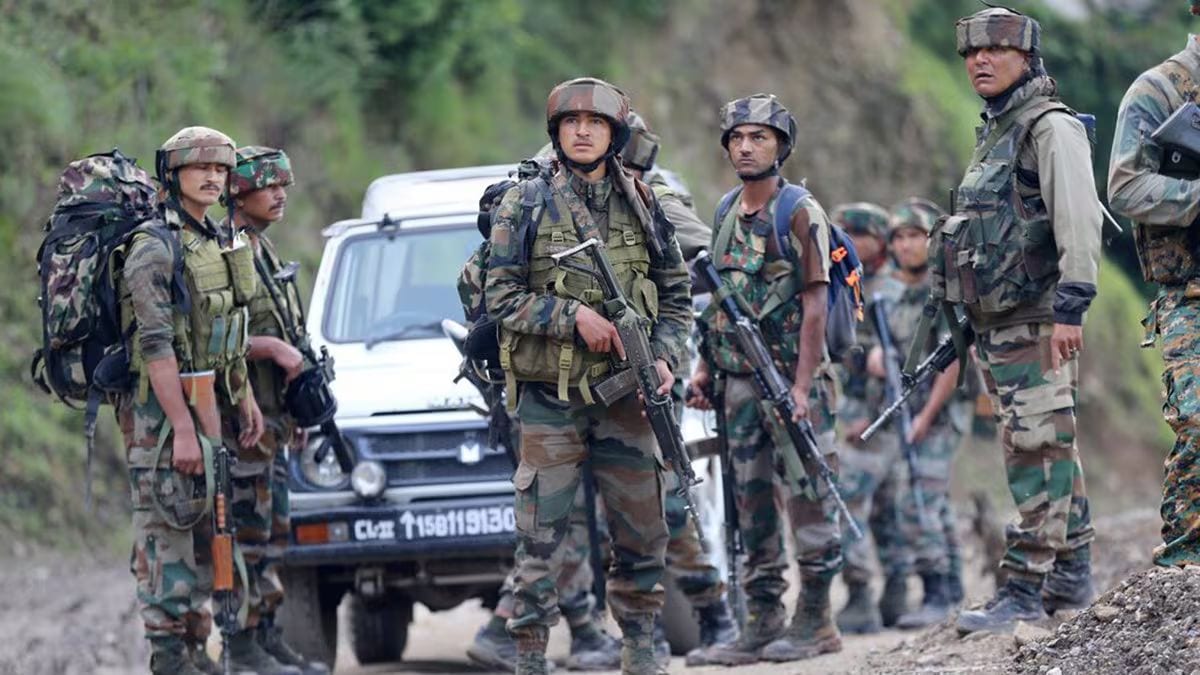
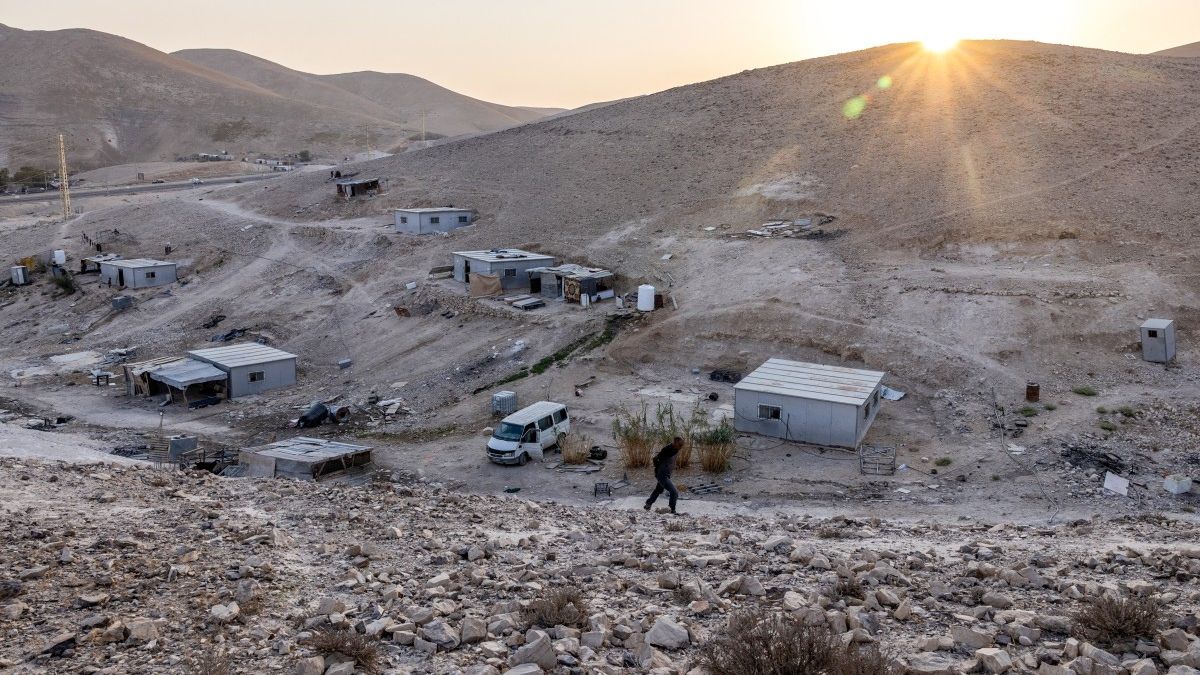)
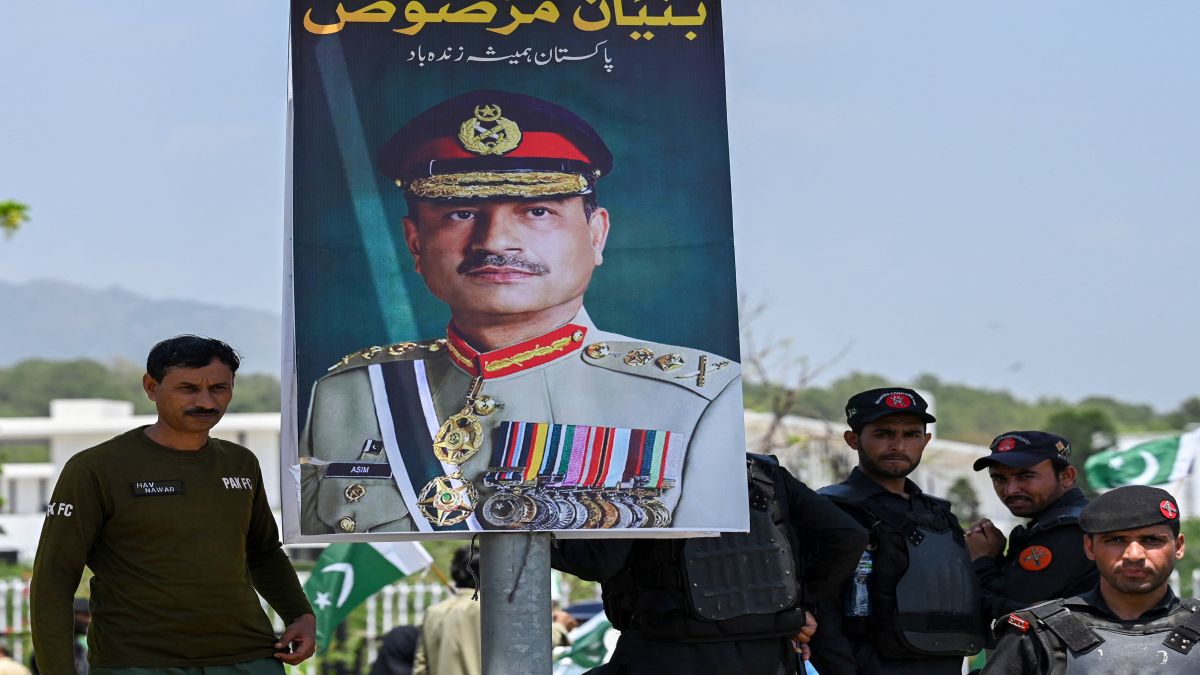)
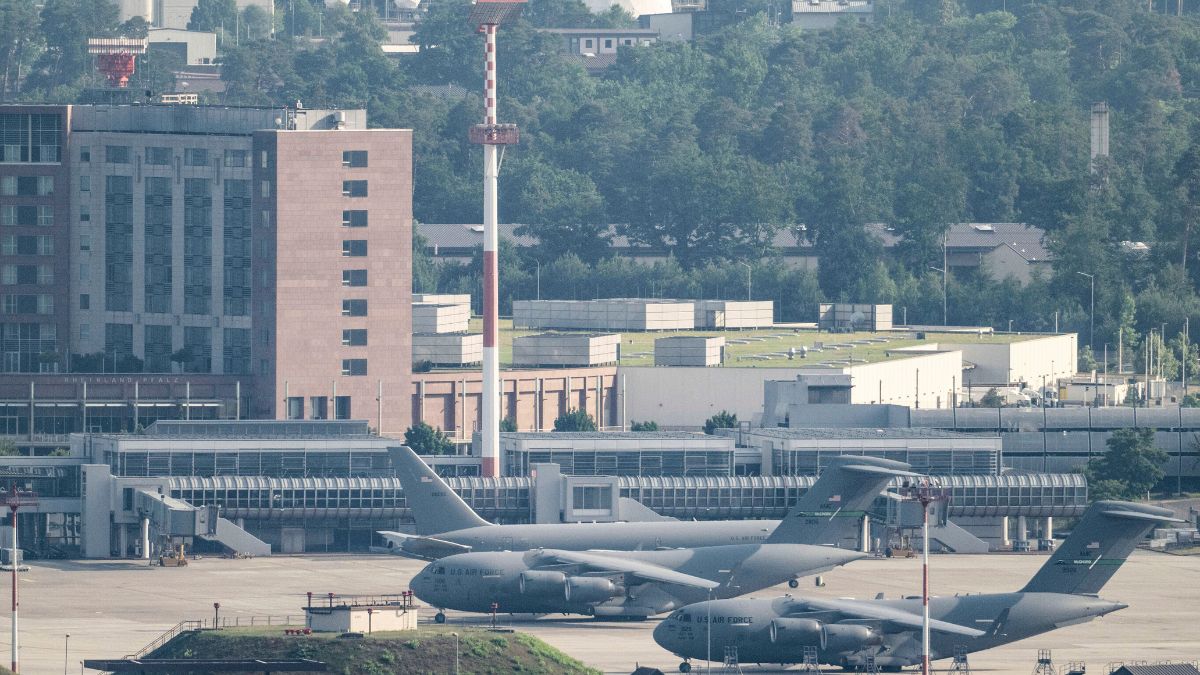)
)
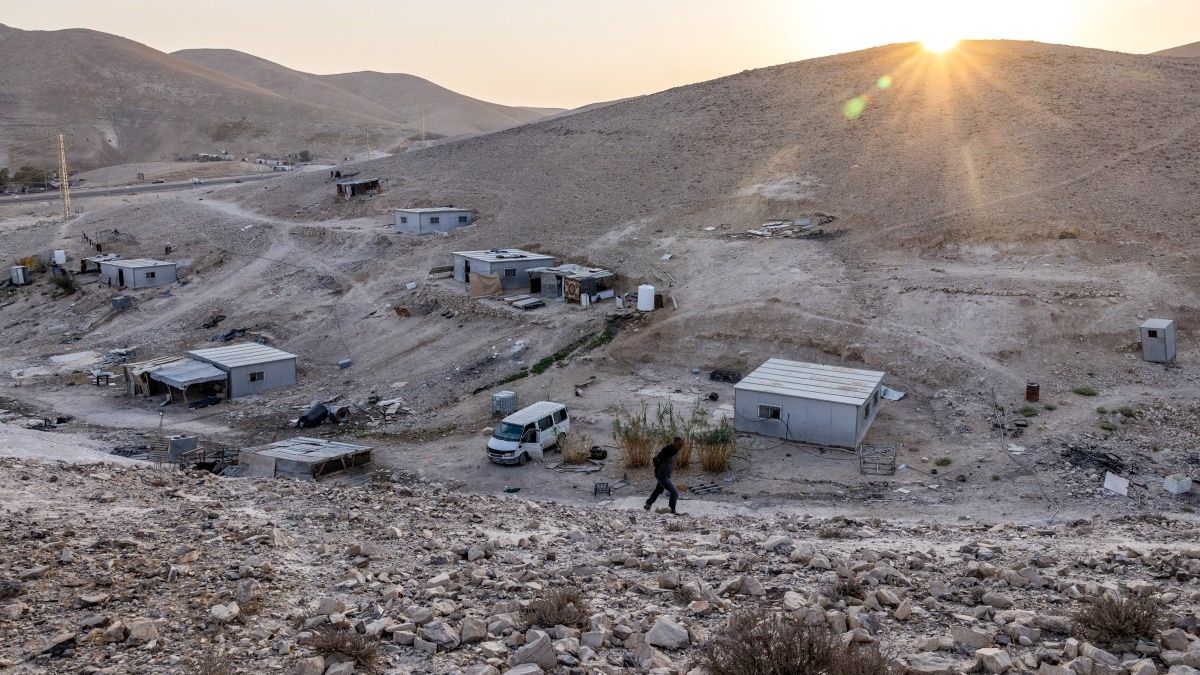)
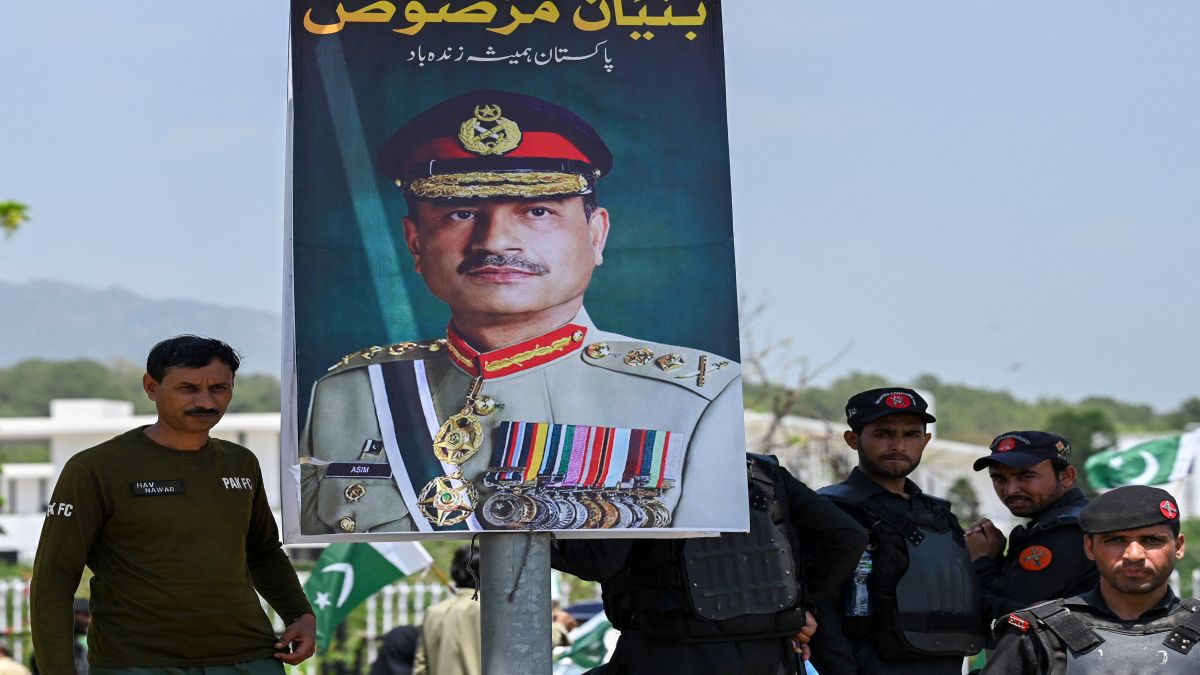)
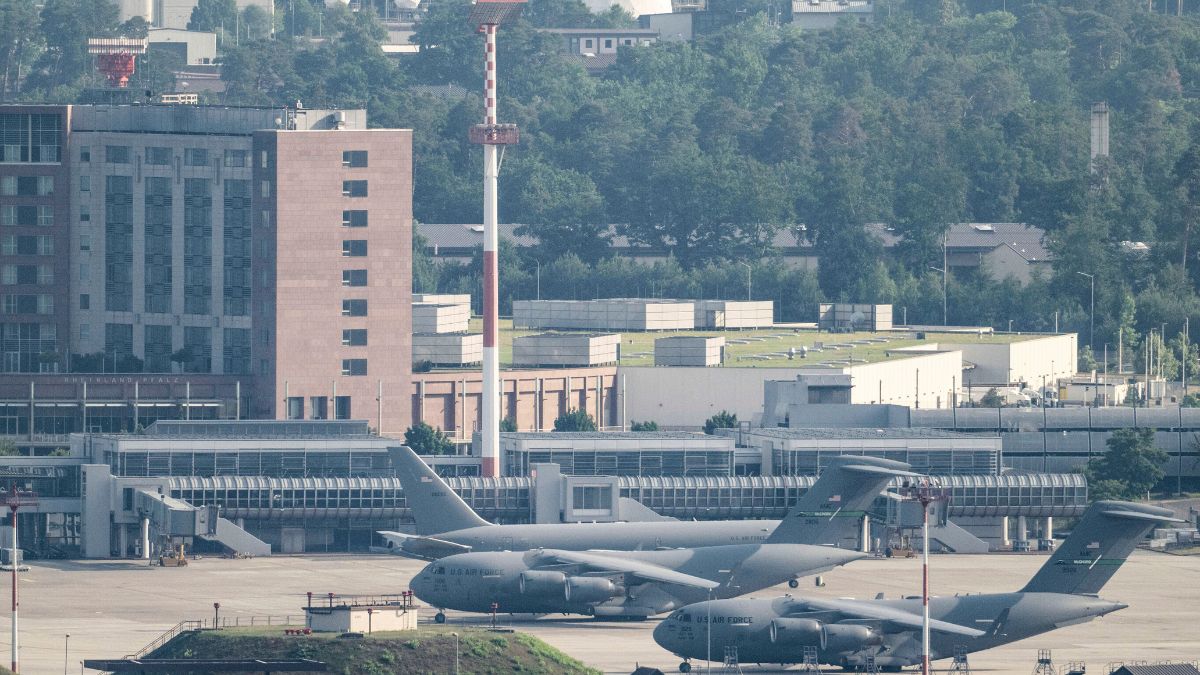)
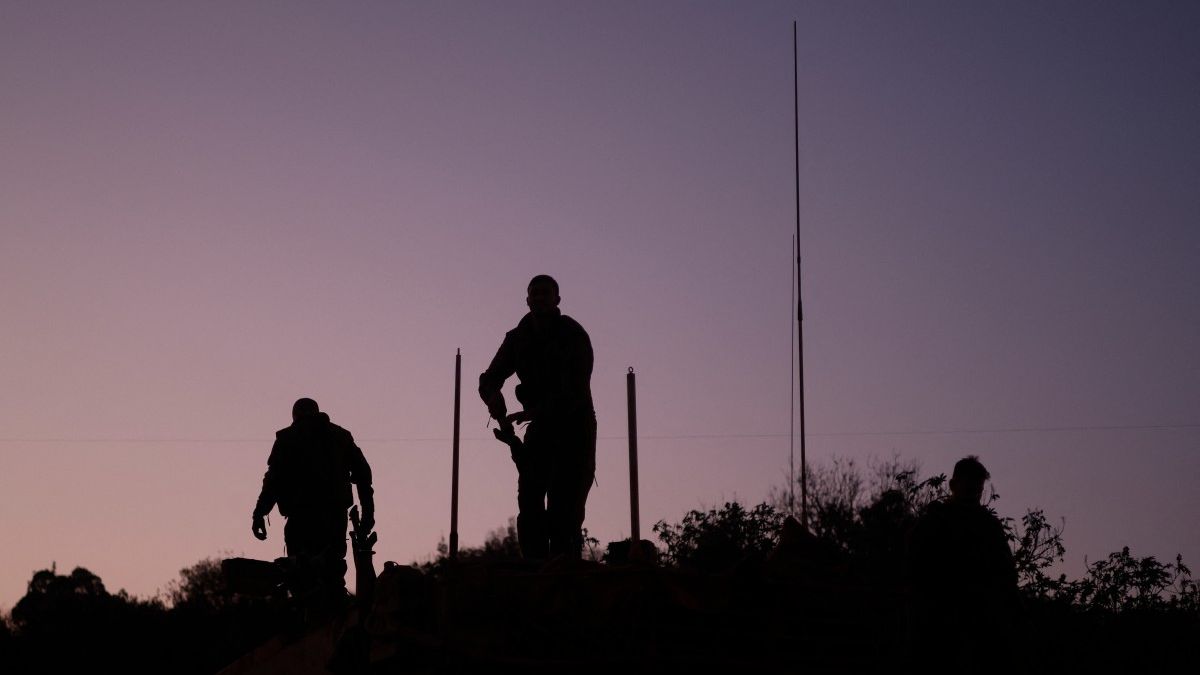)



